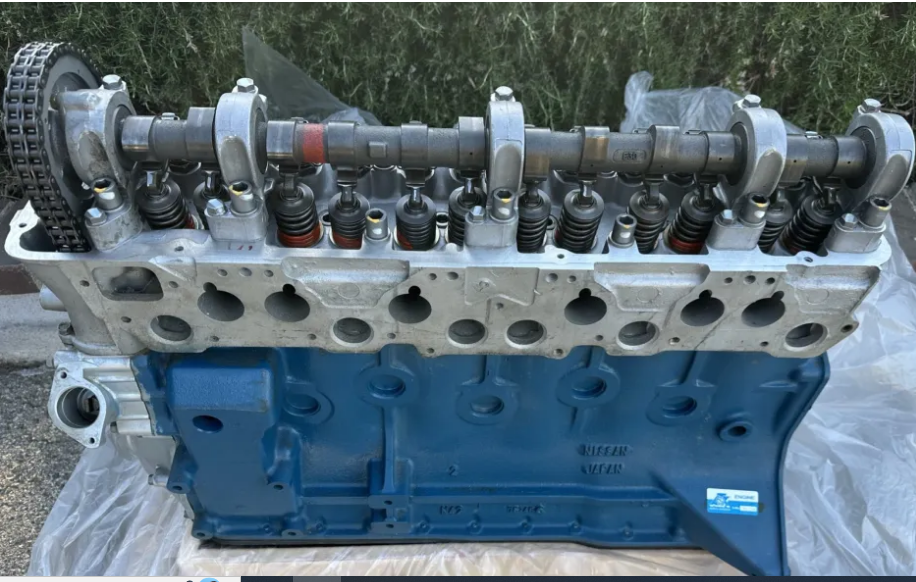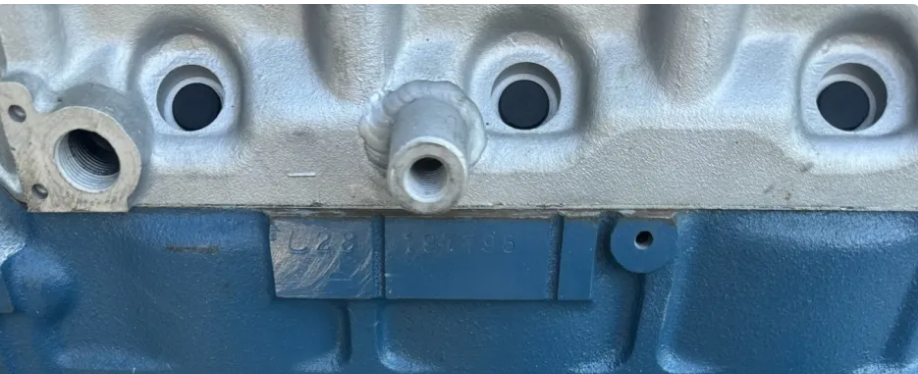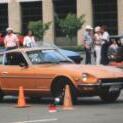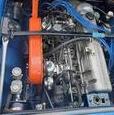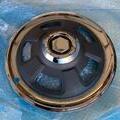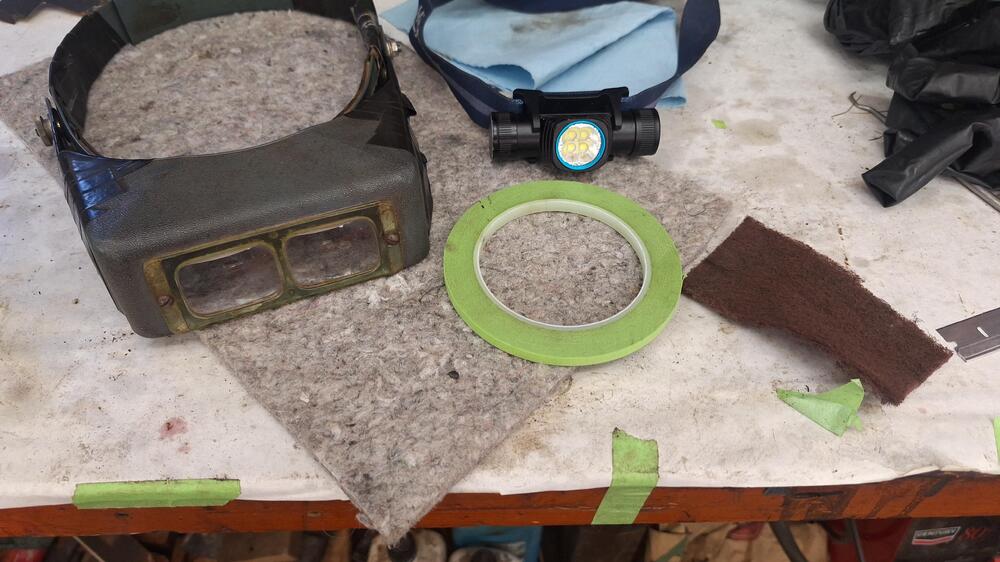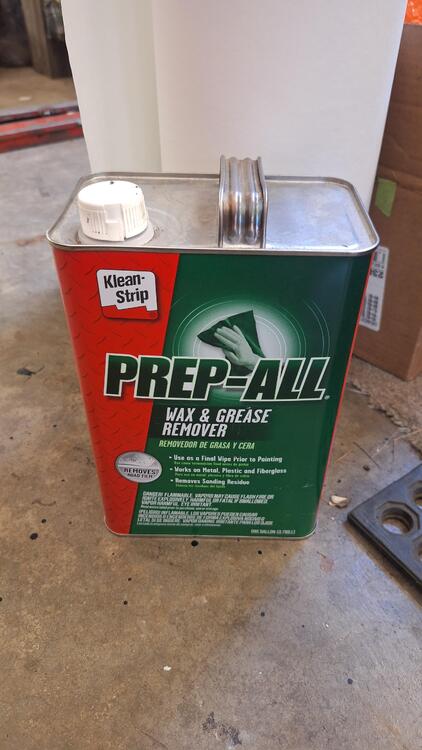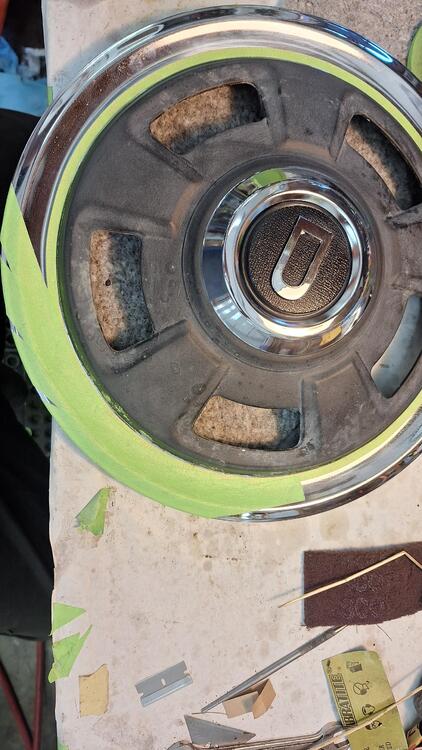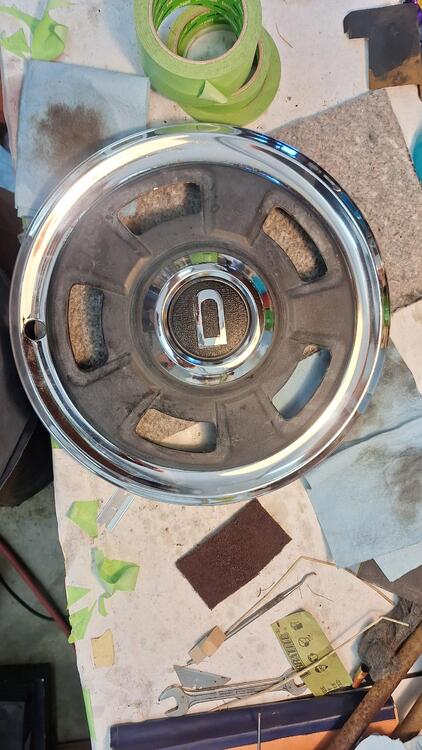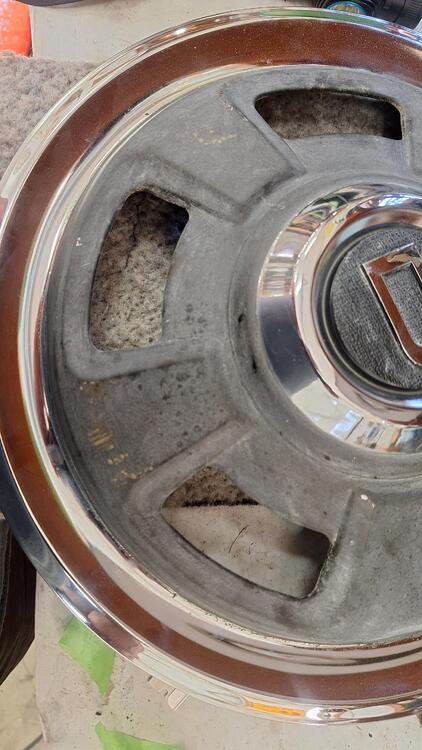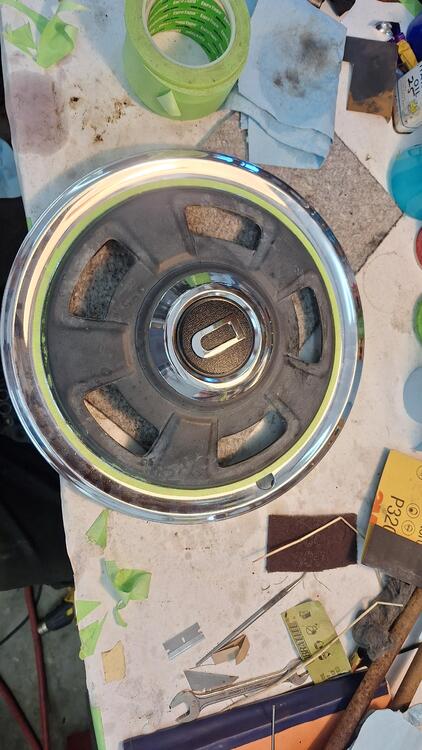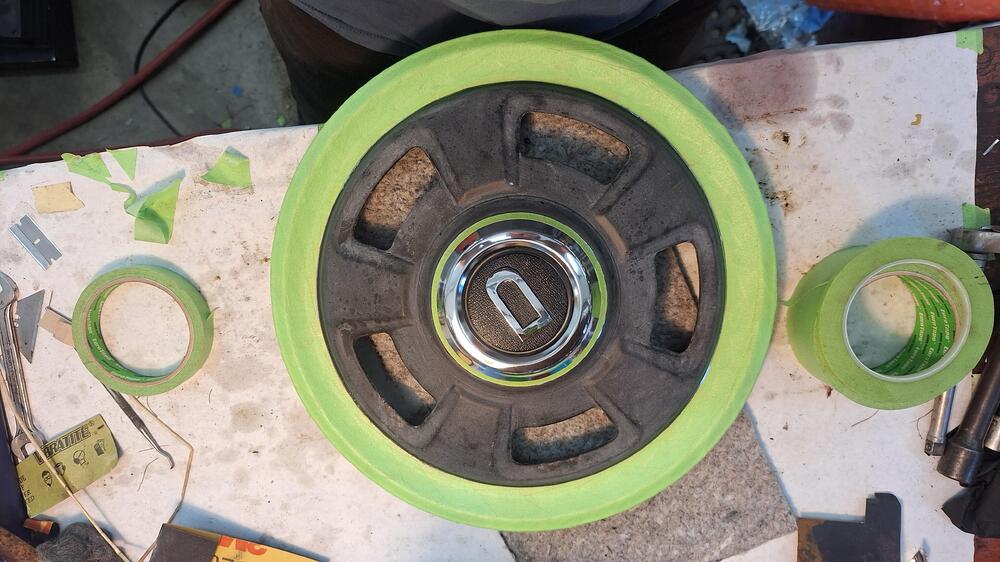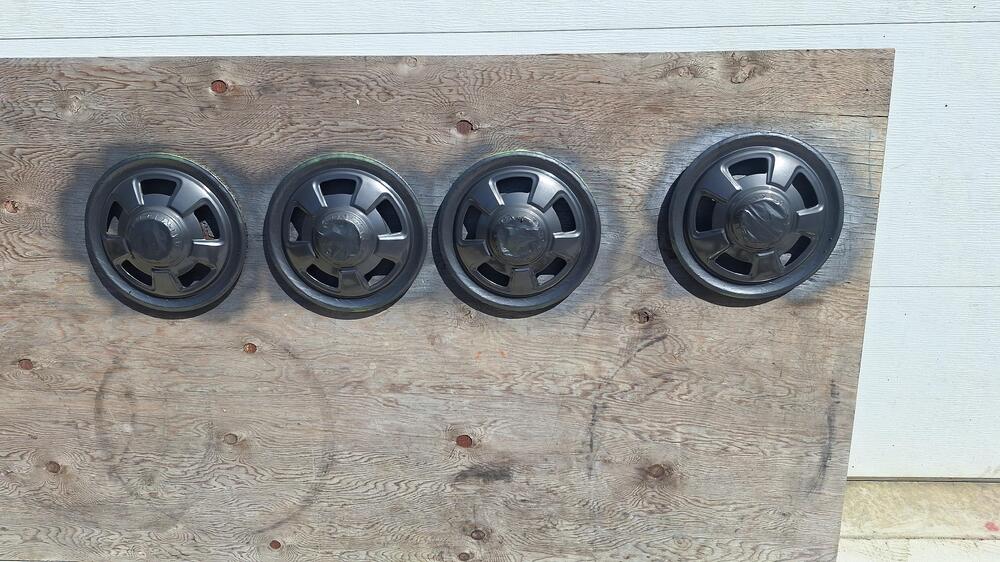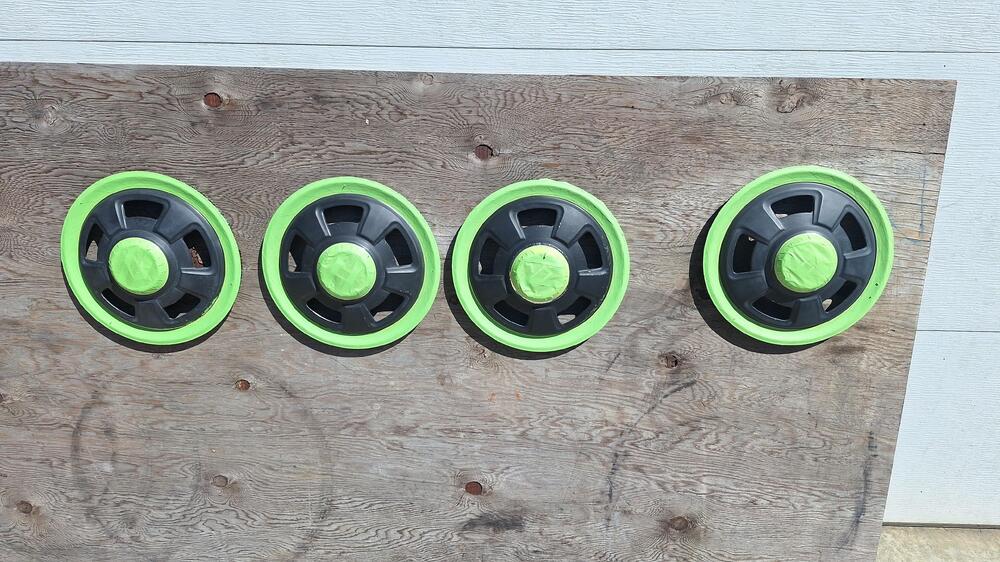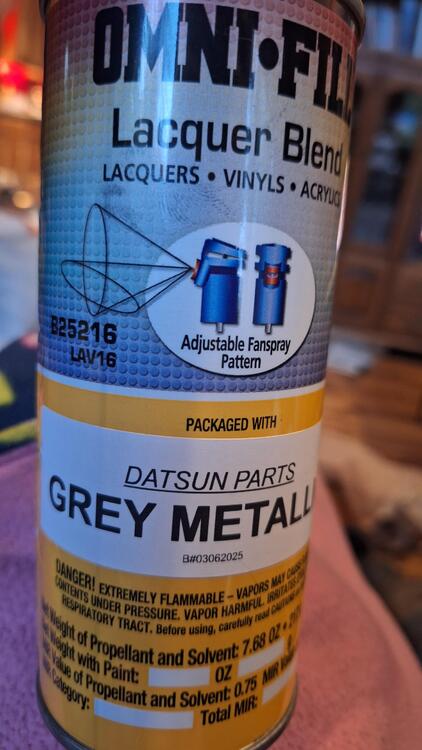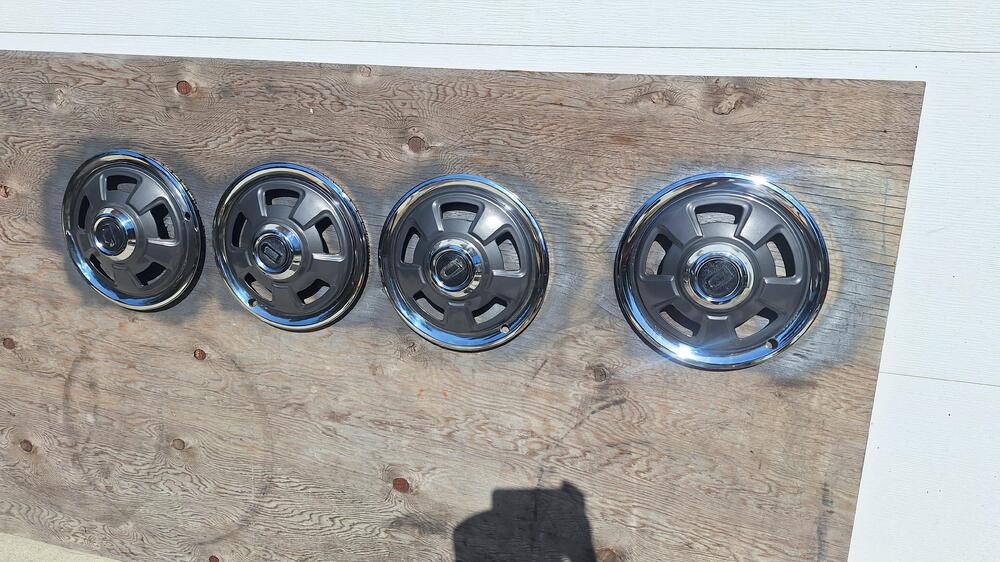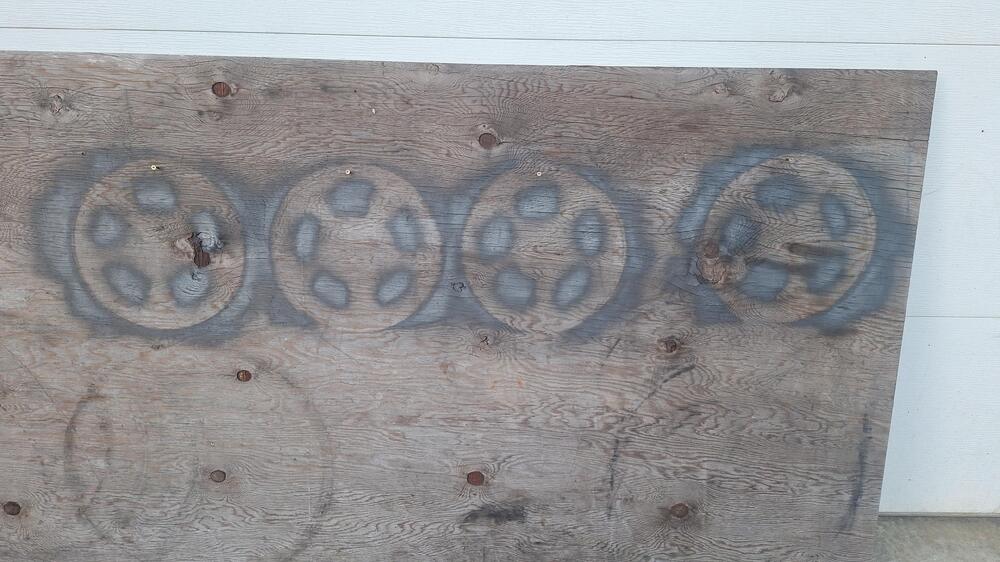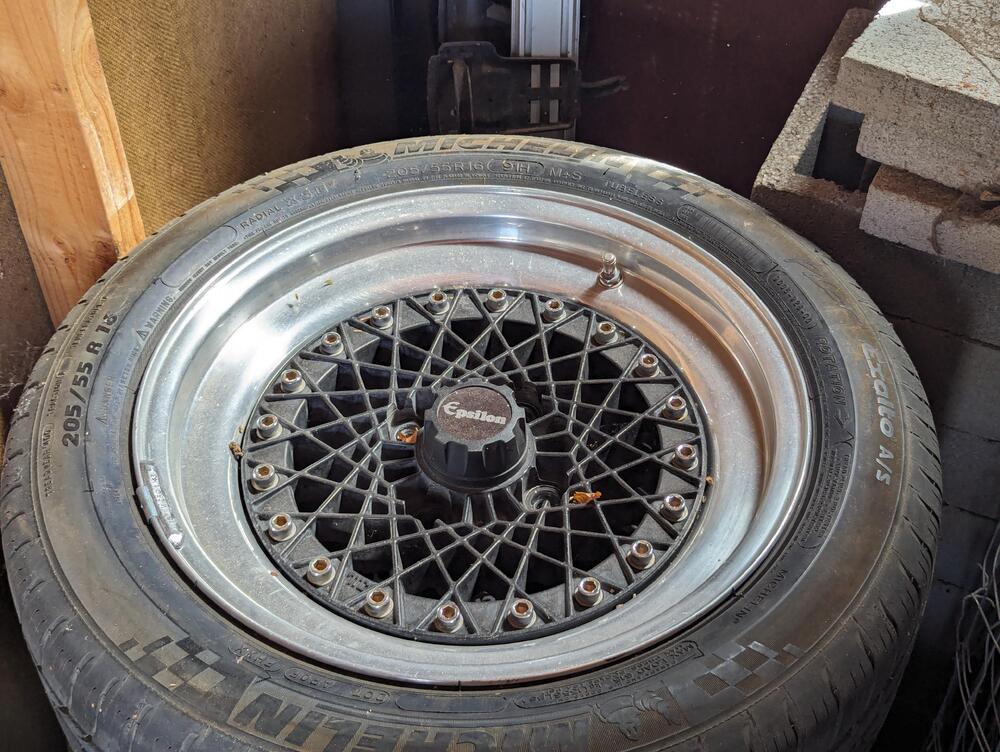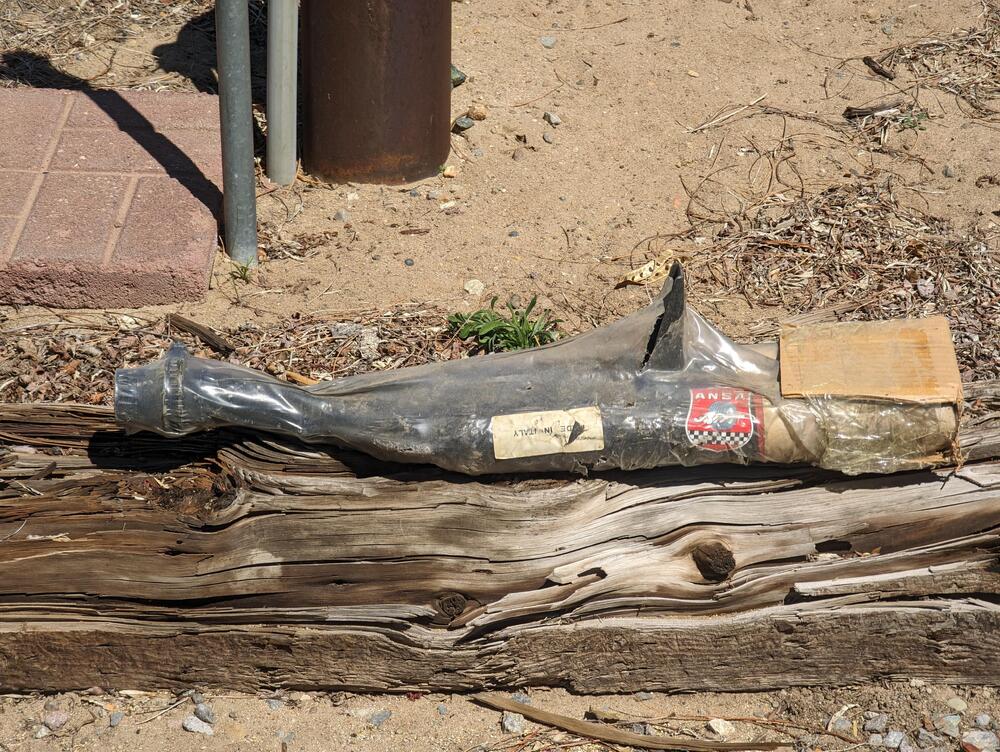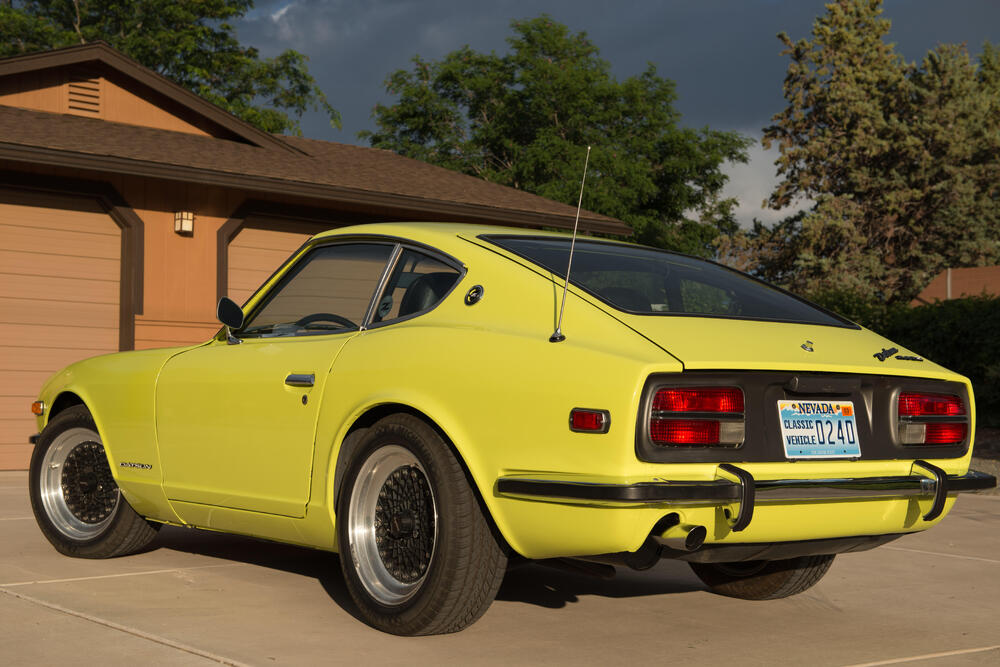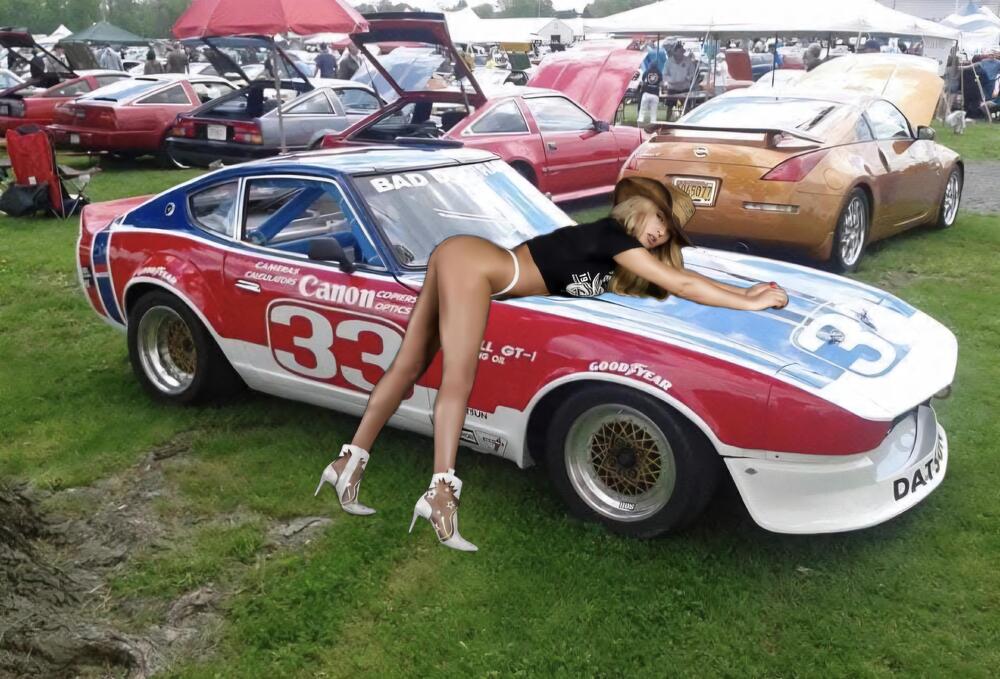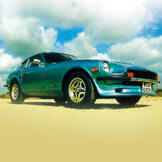All Activity
- Today
-
Check out this ATK crate L28 engine on BaT
Still in the crate. Has odd exhaust ports. Has anyone seen this before? Also has an odd "temperature sensor bung" that looks like it was welded on. Maybe for use in the 280ZX? N42 heads didn't use the cylinder head temperature sensor. Bring a TrailerNo Reserve: Datsun L28 Crate EngineBid for the chance to own a No Reserve: Datsun L28 Crate Engine at auction with Bring a Trailer, the home of the best vintage and classic cars online. Lot #190,091.
-
55 year old Z master cylinder / slave cylinder
Leaking oil pan gasket? And... Mismatched hardware holding the slave cylinder on?? From you? Stickler for details? I'm shocked!!! Hahahaha!!!! 😁
- Yesterday
-
CanTechZ started following 55 year old Z master cylinder / slave cylinder
-
55 year old Z master cylinder / slave cylinder
I was under my 1'70 car this morning, took this pic to show an installed early slave cylinder, with the external spring and adjustable actuator rod.
-
HS30-H started following Gas Tank Order From J30 in Netherlands
-
Gas Tank Order From J30 in Netherlands
Any chance of correcting this thread title's 'J30' to 'S30.world'? Might help future searches...
-
Yarb started following Gas Tank Order From J30 in Netherlands
-
Gas Tank Order From J30 in Netherlands
Sounds like it worked out in your favor after all.
-
blue-Ze started following Anyone looking to buy an L24 with the 4 speed? and L24 engine with 4 speed Manual.
-
L24 engine with 4 speed Manual.
Selling an L24 engine with manual transmission, Located in Southern Ontario, Canada. Will post more information and photo's later.
-
Anyone looking to buy an L24 with the 4 speed?
Will post photo's at a later date.
-
1977 280z clock issue #xx of yy
Yeah, that cap certainly doesn't sound healthy. Hope that the new replacement fixes it!
-
Gas Tank Order From J30 in Netherlands
I agree. In spite of my overall frustration with the order it was a class move on their part. Rodger
-
Gas Tank Order From J30 in Netherlands
That was nice of him to "comp" you
-
Cowl leaf screen
 I didn't want to deal with silicon goop of any kind but my plan is to cut screen pieces slightly larger than the holes they are supposed to cover on the inside of the cowl and epoxy those small super strong magnets to strategic areas of the screen where they would fit flat against the underside of the cowl. More than strong enough to hold the screens in place and easily removable to get rid of stubborn leaf debris that might get stuck between the screen edges and the underside of the cowl.
I didn't want to deal with silicon goop of any kind but my plan is to cut screen pieces slightly larger than the holes they are supposed to cover on the inside of the cowl and epoxy those small super strong magnets to strategic areas of the screen where they would fit flat against the underside of the cowl. More than strong enough to hold the screens in place and easily removable to get rid of stubborn leaf debris that might get stuck between the screen edges and the underside of the cowl. -
Gas Tank Order From J30 in Netherlands
After exchanging emails several times with Chris at s30 it was determined that the initial gas tank shipment was lost. They finally resent it about a week ago and now they estimate that it should arrive the first week of May (per Chris in today's email). Twelve weeks after my initial order. It's a good thing i wasn't in a big hurry. They say they have added the door rubber strips and emergency cable to make up for the inconvenience. I'm out of town for two weeks starting tomorrow. I'll post an update if/when this thing shows up. Rodger
- Last week
-
rhdnissandatsundude
Fairlady Z pictures I have gathered...
-
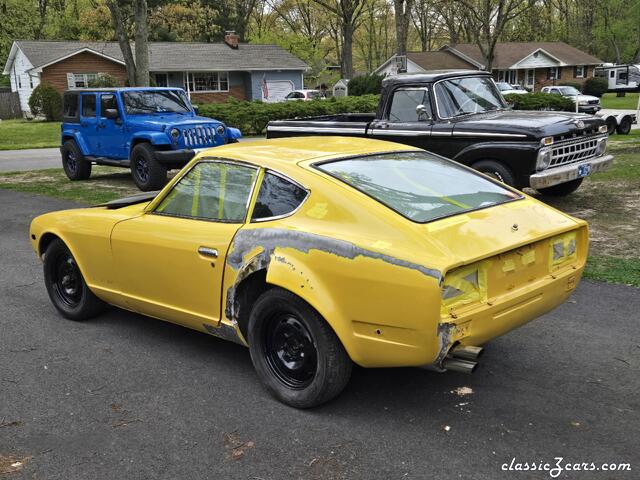 20240421_163229.jpg
20240421_163229.jpg
-
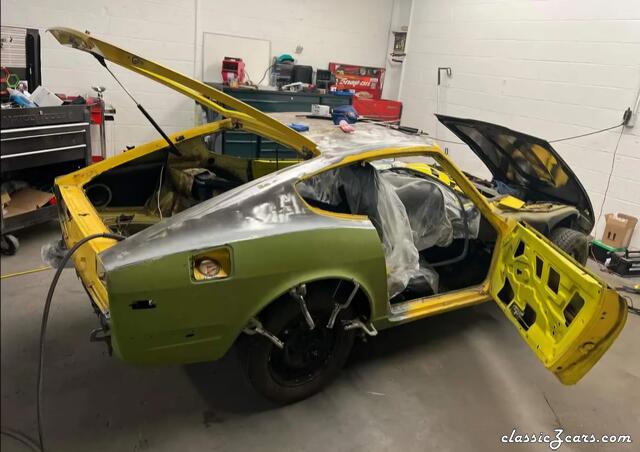 Screenshot_20241118_101428_YouTube.jpg
Screenshot_20241118_101428_YouTube.jpg
-
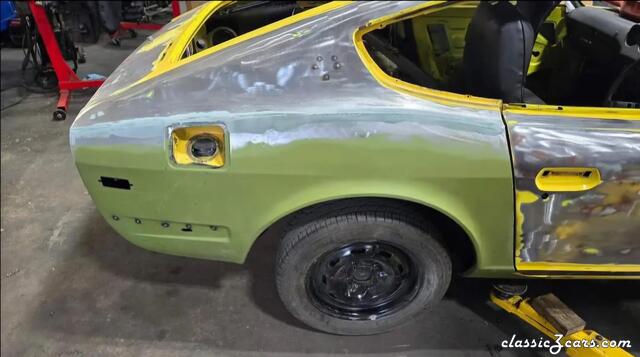 Screenshot_20241118_101416_YouTube.jpg
Screenshot_20241118_101416_YouTube.jpg
-
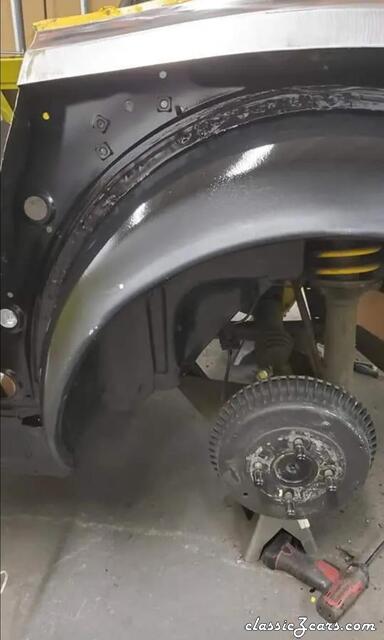 Screenshot_20241118_101401_YouTube.jpg
Screenshot_20241118_101401_YouTube.jpg
-
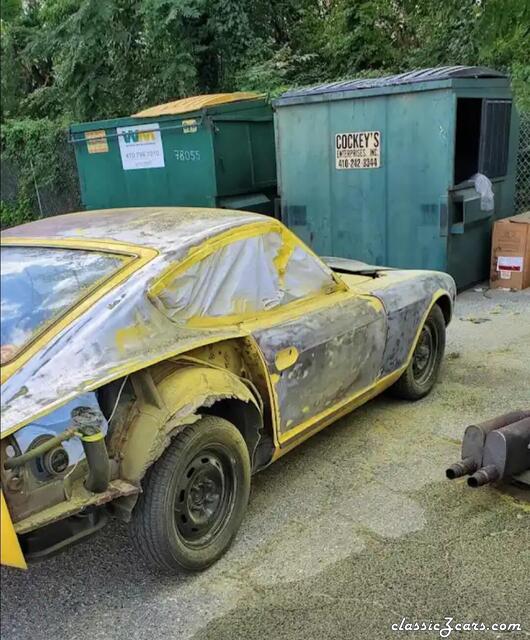 Screenshot_20241118_101326_YouTube.jpg
Screenshot_20241118_101326_YouTube.jpg
-
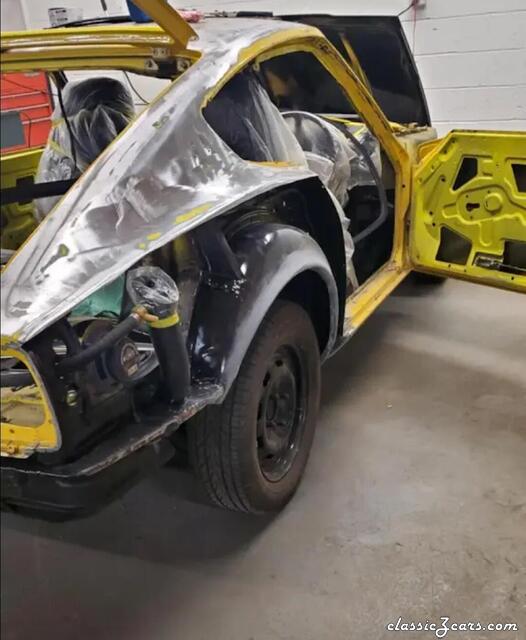 Screenshot_20241118_101323_YouTube.jpg
Screenshot_20241118_101323_YouTube.jpg
-
 IMG_20241121_100211.jpg
IMG_20241121_100211.jpg
-
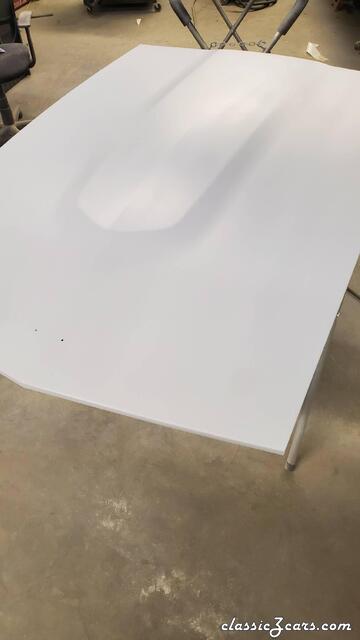 IMG_20241121_100212.jpg
IMG_20241121_100212.jpg
-
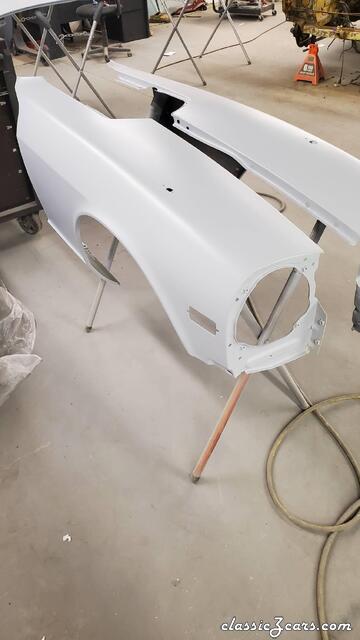 IMG_20241121_100214.jpg
IMG_20241121_100214.jpg
-
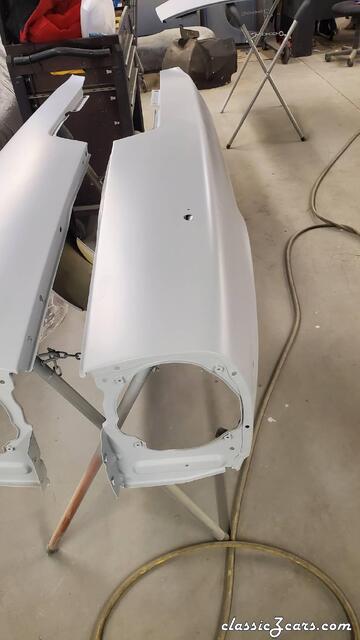 IMG_20241121_100216.jpg
IMG_20241121_100216.jpg
-
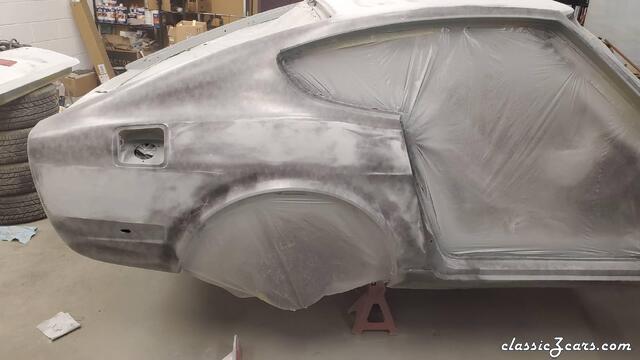 IMG_20241121_100221.jpg
IMG_20241121_100221.jpg
-
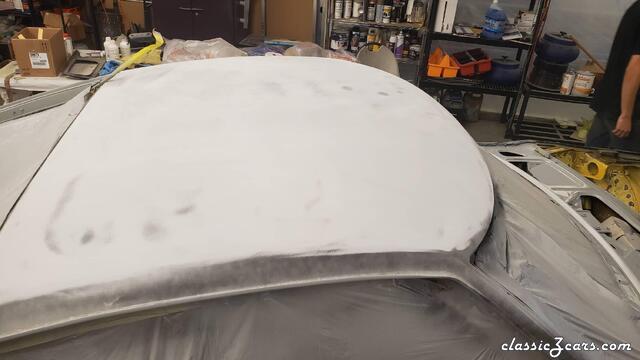 IMG_20241121_100223.jpg
IMG_20241121_100223.jpg
-
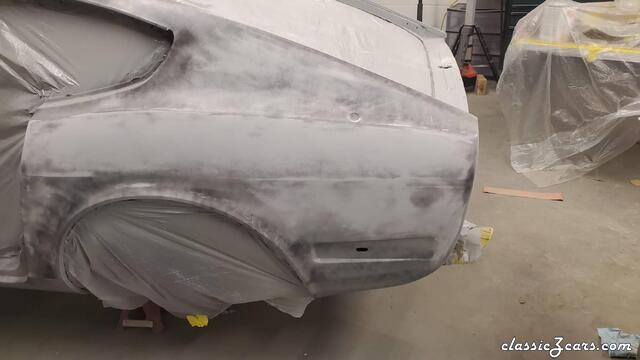 IMG_20241121_100225.jpg
IMG_20241121_100225.jpg
-
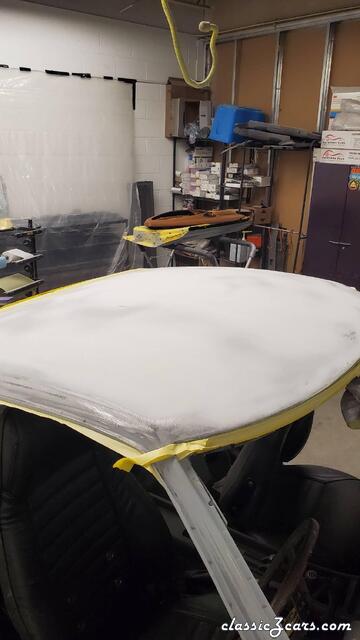 IMG_20241126_182319.jpg
IMG_20241126_182319.jpg
-
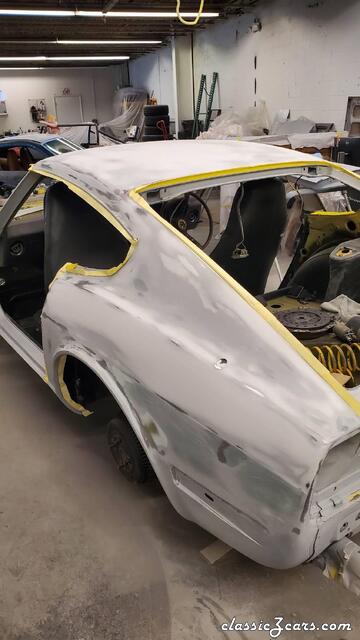 IMG_20241126_182320.jpg
IMG_20241126_182320.jpg
-
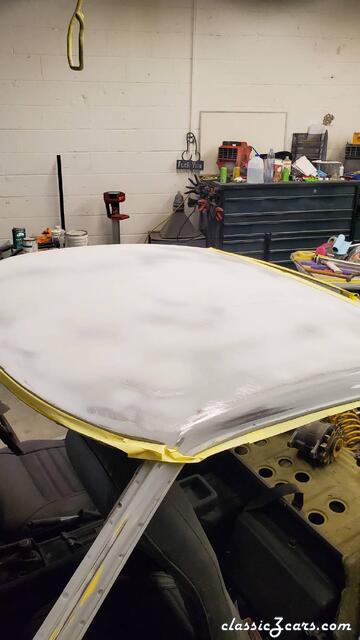 IMG_20241126_182321.jpg
IMG_20241126_182321.jpg
-
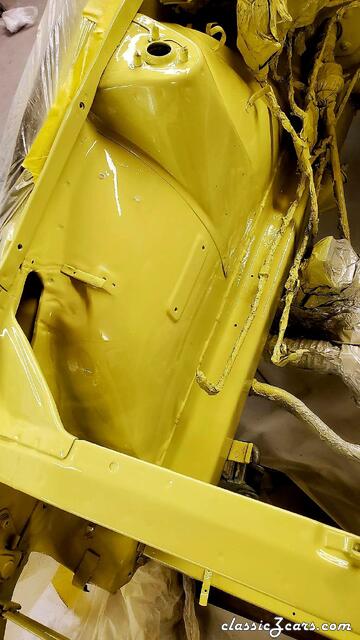 IMG_20241215_182859.jpg
IMG_20241215_182859.jpg
-
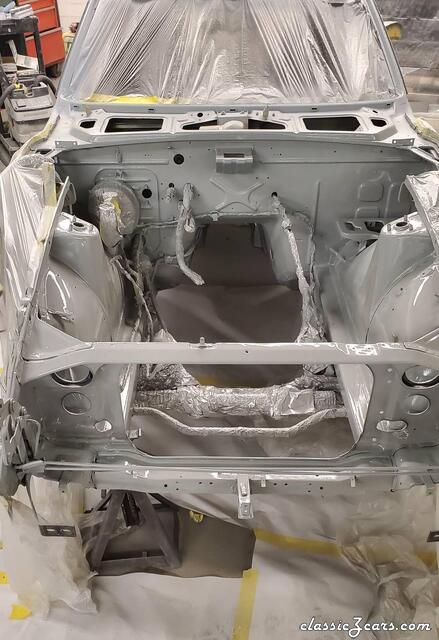 IMG_20241215_182830.jpg
IMG_20241215_182830.jpg
-
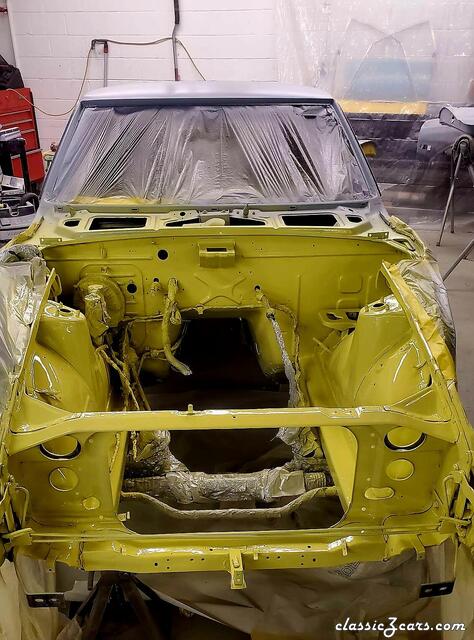 IMG_20241215_182839.jpg
IMG_20241215_182839.jpg
-
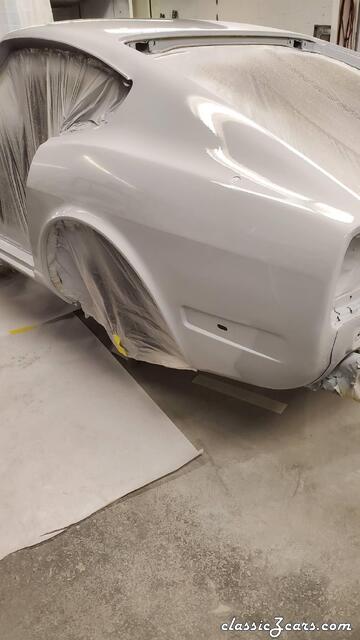 IMG_20241216_133445.jpg
IMG_20241216_133445.jpg
-
-
70 Fairlady Z changed their profile photo
-
Saving car #34464
Restoring the hubcaps. I decided to freshen up the hubcaps a little. 3 were a faded gray, and 1 was a darker color, almost blackish gray. My first step was cleaning the area between the chrome and the paint. The tape line. I used 0000 steel wool. Then I degreased it and applied 1/4" fine line tape all the way around. It really helps to see so I used these magnifying goggles and a headlamp, and a good light. Once I had that tape on, I used a wider tape and continued around until it was masked off. Same for the center cap. Then I used a scotch Brite pad and scuffed and cleaned the old paint. Blew it off with air and degreased the old paint until the rag was clean. It took several cleanings, but this is a very important step. Then when the wind quit blowing, I gave them several coats of the Datsun Gray paint purchased from California Datsun, great stuff! An hour later, I removed the tape. It came off easy, pulling at a right angle to the paint.
-
Martin H joined the community
-
1977 280z clock issue #xx of yy
Have you heard of @zclocks on this site. He’s pretty much the expert on these clocks. I’d reach out to him and see if he will take it on.
-
stanleymcp started following Epsilon 3 Piece Wheels and NOS Ansa Resonator
-
Epsilon 3 Piece Wheels and NOS Ansa Resonator
Cleaning out my shed of Z items. Free to the first person to pick up in Johnson Lane, NV (Reno/Tahoe area). Set of 4 Epsilon 3 piece wheels with black centers. Wheels were setup in 1982 by Mark Morris Tires in Portland, OR for a 1981 280ZX. I've also run these on 3 different 240Zs over the years. The mounted tires are too old to use and will need to be discarded. The wheels have blemishes expected after over 30 years of use. They still clean up good enough to use as is or restore. NOS Ansa resonator (rear muffler) for a 240Z. This muffler mounts horizontally (dual outlet), not vertically. These were popular on 240Zs during the 1970s. EDIT: Added photo of the wheels on my last 240Z.
-
1977 280z clock issue #xx of yy
The non working clocks capacitor I removed measures 111uF, so that was probably still good. The working clock that loses time capacitor starts off at 0, then takes a minute or 2 and only climbs to .8uF, then goes up and down from .8 to .6, so maybe the new capacitor will fix this one. I cleaned all the gears, resoldered all the connections and replaced the cap so maybe I'll get lucky. I'll let it run a couple days to see. Yesterday it lost 10 min in 24 hours, a few days before about 6 min in 24 hours, and a few days before that 45 min in 12 hours. In between all this it held perfect time in 24 hour periods. Its very random when it works or doesn't. I looked everywhere trying to find a 12v quartz movement or buy another clock to gut that could be retrofitted into this, but for the cost, it would probably be better just to send it to instrument services, they said they charge $200 to rebuild them.
-
David S joined the community
-
70 Fairlady Z started following East Coast Z Nationals (ECZN) 15-17 May 2025
-
East Coast Z Nationals (ECZN) 15-17 May 2025
Save the date if in the area or interested in a road trip...ECZN is an easy three day event wrapped in the Carlisle Import and Performance Nationals in Carlisle, PA. Get those Zs ready for Carlisle East Coast Z Nationals (ECZN), which is held internal to Carlisle Import & Performance Nationals. Save the date if in the area or interested in a road trip. ECZN is an easy three day event wrapped in the Carlisle Import Nationals inside Carlisle, PA Fairgrounds. Over 18,000 attend the import nationals and the Maryland Z Club hosts ECZN social evening and drive on Friday... Then enjoy Saturday festivities at Carlisle fairgrounds. Nissan/Infiniti paddock for ECZN attendees with car show awards, raffles, special display vehicles and more. Thursday Evening May 15 – Happy Hour Hotel Bar – Homewood Suites by Hilton Carlisle Friday May 16 – Hang out at ECZN Tent / Fairgrounds / Corn Hole Z Cruise around Carlisle – Planned Route End at Desperate Times Brewery at approx. 5:30 pm Social time at Desperate Times: 5:30pm – til ?? Other bars downtown Carlisle — on your own Saturday May 17 – Carlisle Fairgrounds for ECZN People’s Choice Car Show Registration from 8am to 10am Voting 10am – Noon 12 noon ballots turn in Awards Raffles 50/50 3pm Register for Import and Performance Nationals select club East Coast Z Nationals and then register for ECZN, its only $10. Website and registration: www.eastcoastznationals.org #eastcoastznationals #Nissan #Nismo #zcca #zclublife #marylandzclub #whiterosezclub #datsun #ZCCR #s30 #s130 #z31 #z32 #z33 #z34 #rz34
-
1977 280z clock issue #xx of yy
Yeah, that thread popped up when I was poking around as well. >> https://www.zcar.com/threads/280z-clock-part.354058/ Yeah, unfortunately, it's sounding like it might be the chip or the crystal. I could probably tell you which of those two items are not working, but it would take an oscilloscope.
-
EGR relay, can i remove it?
Excellent. Send pics when you get a chance!
-
DinoUK started following Z Cars On TV And In Movies
-
Z Cars On TV And In Movies
-
DinoUK changed their profile photo
-
Milts240Z started following SN 00042 Restoration; The Older Twin
-
EGR relay, can i remove it?
My brother likes making them, and i am not from the U.S. but thank you for this site! It is going to be handy i reckon.
-
Yarb started following EGR relay, can i remove it?
-
EGR relay, can i remove it?
Call “Junkyard Jenny”. Pretty sure She has one. Will save you a lot of time.
-
EGR relay, can i remove it?
Yeah my brother is very good with making a new one, so i think with heatshield i do that. Thanks alot for helping, i will send you a picture when its in. (It will take a while) Thanks alot for helping!
-
1977 280z clock issue #xx of yy
I found on another forum where someone posted this in 2014 where they called ToyoCom, which I think is now Epson about the crystal: Thanks a lot, I gave them a call and they only sell in bulk, $300 minimum order. Wouldn't answer any questions. https://www.4starelectronics.com/mfgs/Toyo-Distributors.html This was the website he said he called. I was hoping there would be a source for some old stock somewhere to rebuild these, because I like having an accurate clock and like the look of the stock clock. This clock I took apart doesn't appear to ever had lube anywhere, unless it totally evaporated and disappeared, so I'm not sure if these clocks used any lube from the factory. I tried running it with all the gears off except for the 1 drive gear, and that doesn't turn. I don't believe the coil could fail without it being noticeable.




